A red-bellied turtle basking on a log next to a pocket of wetlands at Point Breeze on the Schuylkill River doesn’t know that it is threatened, legally speaking, or that its home is tiny compared to the once-expansive ecosystem that used to stretch far beyond its current territory. The controversy over a planned warehouse development that could impact the turtle’s habitat presents an opportunity to consider what wetlands could accomplish in the face of a changing climate and the threats global warming poses to the Delaware Valley.
The pocket of wetlands where the turtle was basking formed alongside an oil storage facility where earlier tidal wetlands had been filled in. BP Point Breeze, LLC has applied for permits to fill in 1.4 acres of the wetland as it converts the oil storage facility to a warehouse. The Clean Air Council has called for the plans to be rejected, saying that the project could disturb toxic chemicals that leaked into the site’s soil over the decades it was a petrochemical storage facility, that it could worsen flooding and that it was damaging the wetlands, which are habitat for red-bellied turtles.
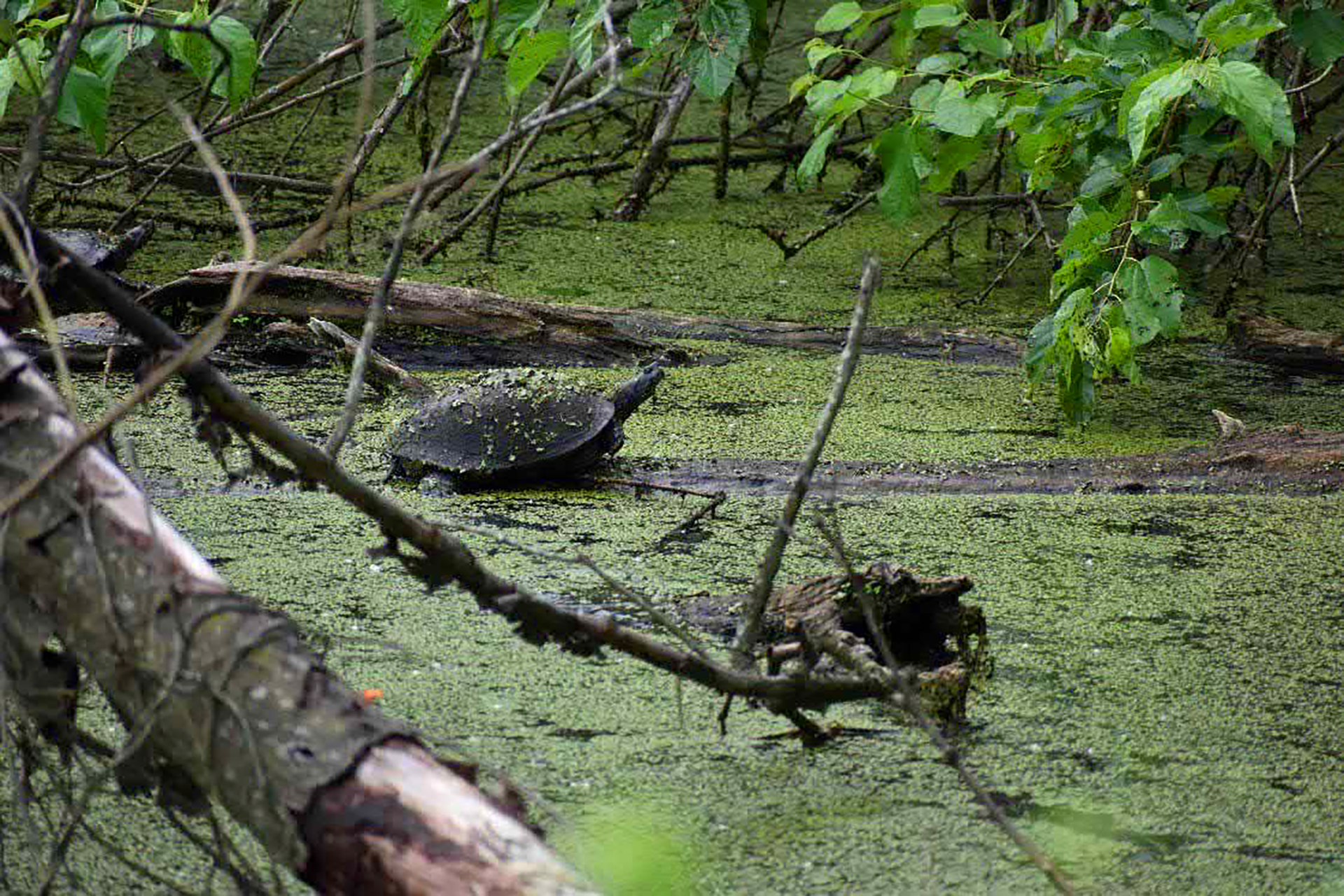
Red-bellied turtles (also called red-bellied “cooters”), mostly-black turtles with red-orange undersides and faint red bars on the top of their shells, find themselves without much habitat left in Pennsylvania. They are creatures of waterways with muddy bottoms — marshes, rivers and ponds of the Mid-Atlantic — and that habitat in the Keystone State almost entirely overlaps with Philadelphia and its suburbs. Before European colonization, the red-bellies of what is now Southeastern Pennsylvania would have lived in the rivers and many of the creeks of the coastal plain, which were generally flanked by tidal wetlands, where vegetation like wild rice and spatterdock dominated the mud that was exposed and then inundated twice a day by the rising and falling water.
You’ve got to remember that the mouth of the Schuylkill back in the day was all marshes.”
— David Velinsky, Academy of Natural Sciences of Drexel University
Those wetlands are almost entirely gone now, though you can find remnants along some tributaries and a larger swath at the John Heinz National Wildlife Refuge. The Delaware and Schuylkill have been working rivers for centuries, which means their banks have largely been built up and hardened with timber, concrete and riprap (rocks and building debris). Point Breeze on the Schuylkill (confusingly, Point Breeze the geographical feature is across the river from the better-known Point Breeze neighborhood) was once surrounded by tidal wetlands, all of which were filled in as the area industrialized.
“You’ve got to remember that the mouth of the Schuylkill back in the day was all marshes,” says David Velinsky, a scientist at the Academy of Natural Sciences of Drexel University who studies the region’s wetlands. It’s hard to say exactly how many acres were once wetlands, considering that their destruction was well underway by the time anyone started to document them. It is easier to say how much of the freshwater tidal wetlands of our region remain, thanks to careful surveying dating back to the 1970s: about 2,300 hectares (about 5,700 acres), according to Velinsky.
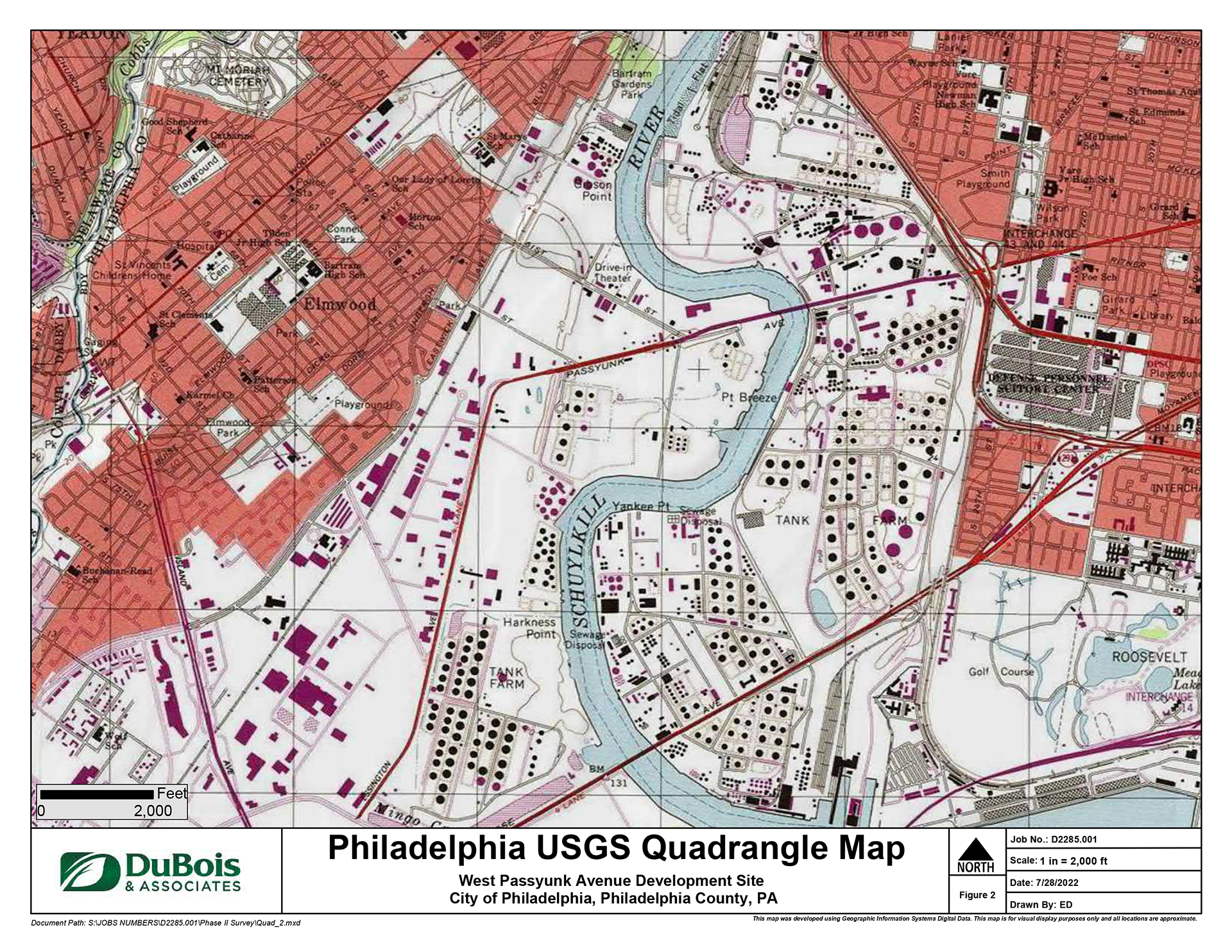
Federal and state laws that require developers to replace, or “mitigate,” any wetlands they destroy work to preserve the area of wetlands currently remaining. But it is worth stepping back and asking bigger questions about how warehouses and wetlands meet our needs, and which we need more of today.
A warehouse can help get more stuff consumers want to buy (once the right ad hits their eyeballs, anyway) delivered faster, but the wetlands are working hard, too. They act as sponges for pollution, essentially burying it in the mud. They provide habitat for wildlife (including red-bellied turtles), but they also act as a buffer against the impacts of climate change. They can help soak up water from ever-more-intense storms fueled by a hotter and wetter atmosphere. They also absorb some of the force of the water driven into the shore by coastal storms. A study looking at the impact of salt marshes in Ocean County, NJ, during Superstorm Sandy estimated that they prevented $625 million of flood damage.
Carbon dioxide would stream from the exhaust pipes of the trucks pulling into and out of the warehouse that BP Point Breeze plans to build. For a city struggling to cut its carbon emissions, wetlands can be a critical tool, burying carbon in the muck beneath the plants. “If you look at carbon burial globally, the amount per acre … in a tidal wetland is far higher than what you find in a forest or other ecosystem,” Velinsky says.
The tidal marshes of the Delaware Basin can also do something that warehouses cannot: they can increase their elevation as sea levels rise. The Delaware carries in its waters tiny bits of the land upstream in the form of sediment, and as the current slows at the river’s mouth, the sediment adds to the mud at the bottom, trapped by the vegetation. As the average water level rises, so does the marsh. The rate of sea level rise might someday outpace the marsh, but for now it’s keeping up, according to Velinsky.
Over a hundred years ago the wetlands of the mouth of the Schuylkill were sacrificed to industry. Today, the region’s transition away from petrochemical facilities, such as the PES refinery site and the tank farms of Point Breeze, offers an opportunity to reimagine what use of the landscape can best serve Philadelphia. Is it warehouses or wetlands?

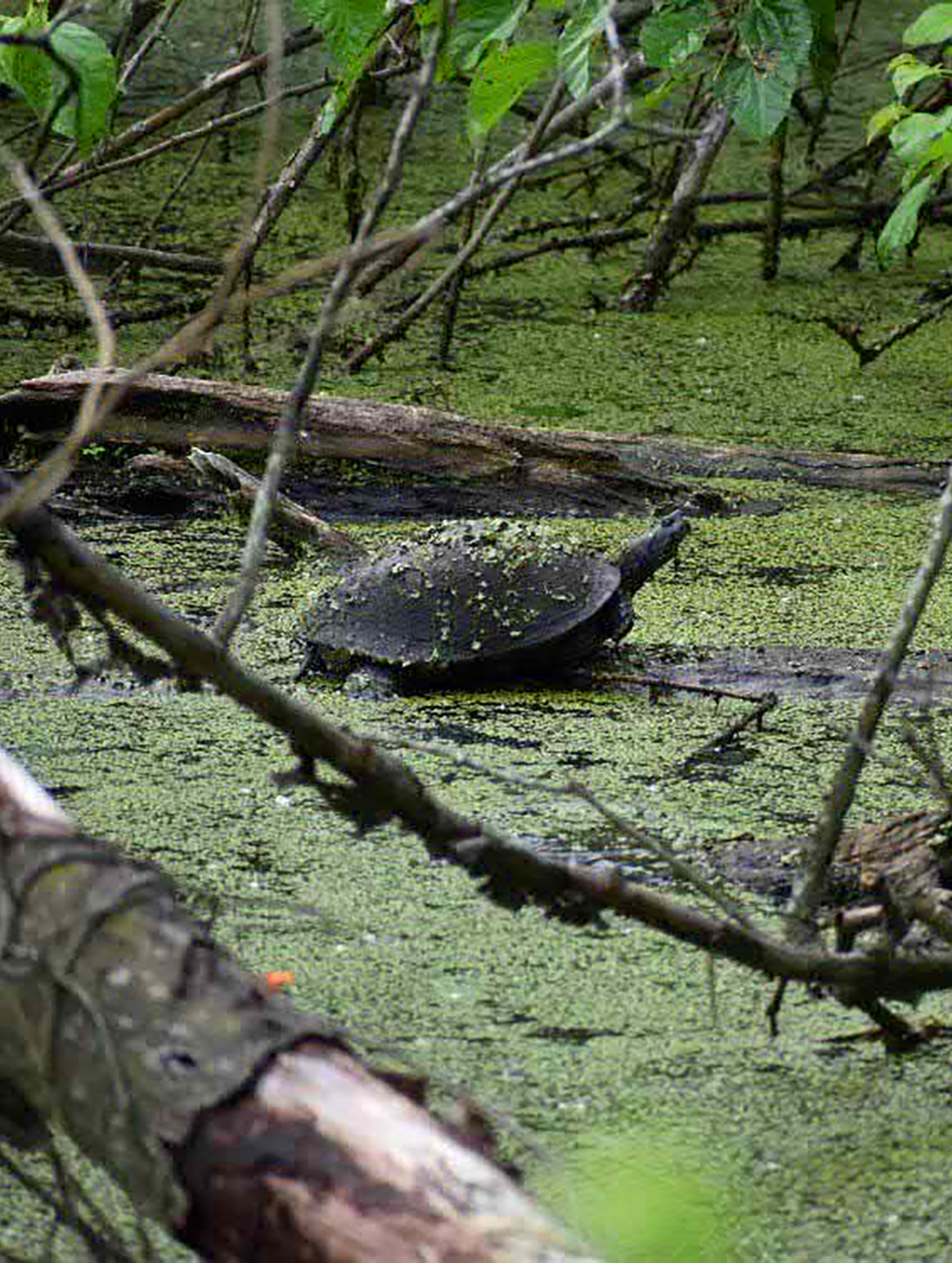



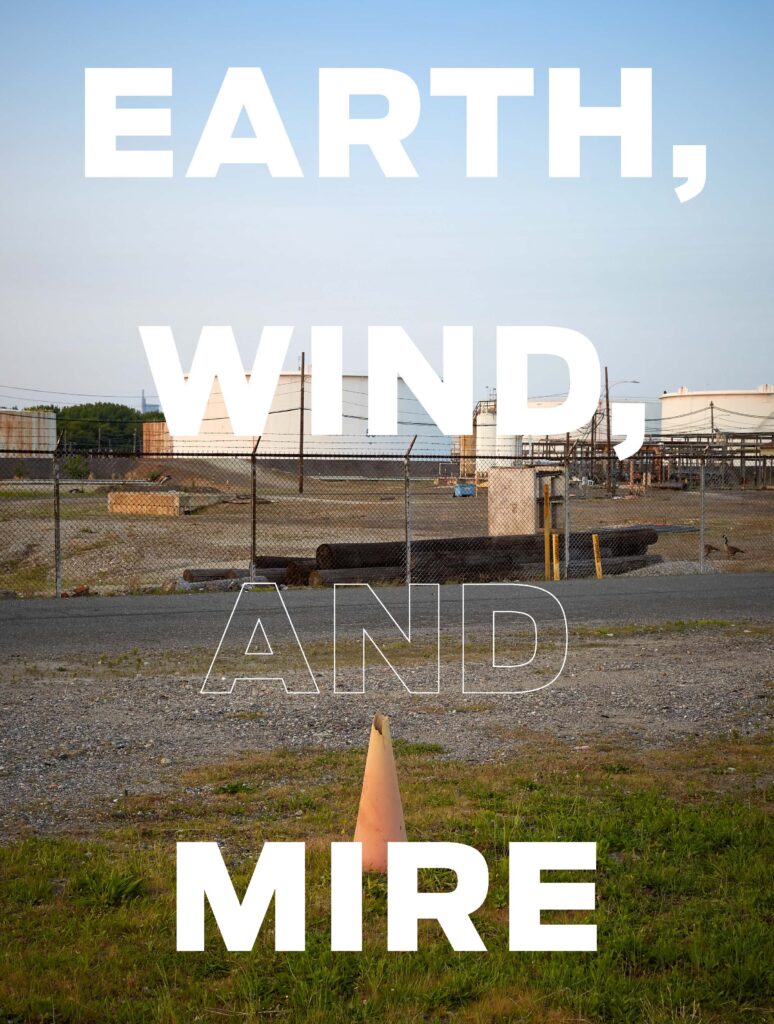
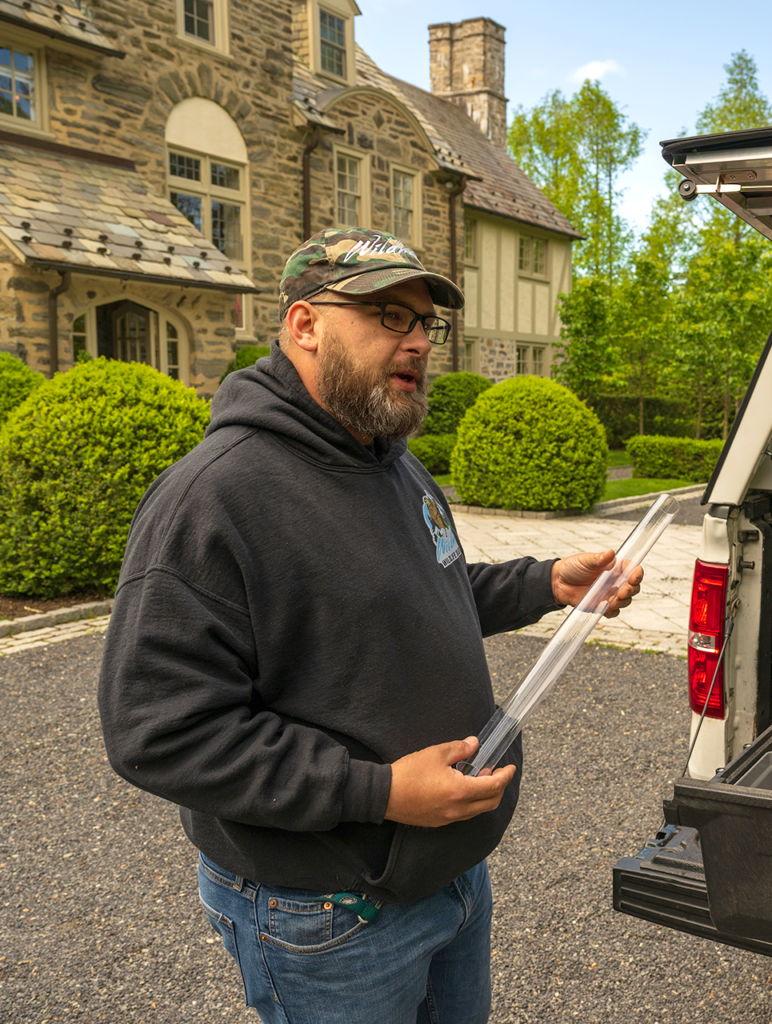


Great article, well written in easy to understand and visualize terms. The answer to the “wetlands or warehouse” question seems obvious, but perhaps the answer is somewhere in the compromising middle…a
thoughtfully sized warehouse facility designed with ample wetlands restoration or re-creation. All permitted/necessary waterfront development or redevelopment should be done this way.